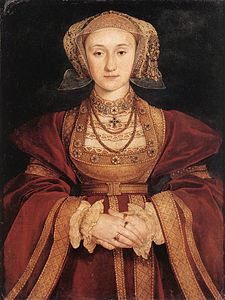The 23 September 1943 i tedeschi radunarono gli ufficiali e i sotto ufficiali italiani, tutti prigionieri, all’esterno del cortile della casetta rossa, a Cefalonia: a piccoli gruppi di cinque persone vennero fatti accedere all’interno del cortile e fucilati. Le esecuzioni durarono per tutto l’arco della giornata. Dall’esterno del cortile i soldati italiani, in attesa di essere fucilati, they could only hear the sound of German machine guns firing. It was toward evening that an Italian official asked to confer with equal degree of German officers, asking to stop the executions. After a few minutes the German officer stepped outside the courtyard informing the prisoners that the German high command had accepted the request and granted them saves lives. The Italian soldiers were they looked, they embraced and there were, had remained in seventeen.
Following the Armistice demanded from Italy and proclaimed the 8 September 1943, the Germans after conquering Kefalonia, occupied by the Italian contingent of the Acqui Division, killed all the prisoners. Five Italian soldiers were passed for weapons, shot and get drown cooped up inside of the vessels that were sunk; their bodies were burned, thrown into ditches and pits.
The dramatic history of Italians in Kefalonia represented the dramatic history of the second world war led by Italy: wrong tactical choices, a greater coward, confusion in decisions and a high price paid by ordinary soldiers.
The initial intention established by Mussolini, Benito Mussolini, was to "break the kidneys to Greece", the end was inglorious and nefarious that cost from Kefalonia to five thousand soldiers, returned seventeen.
Roberto







